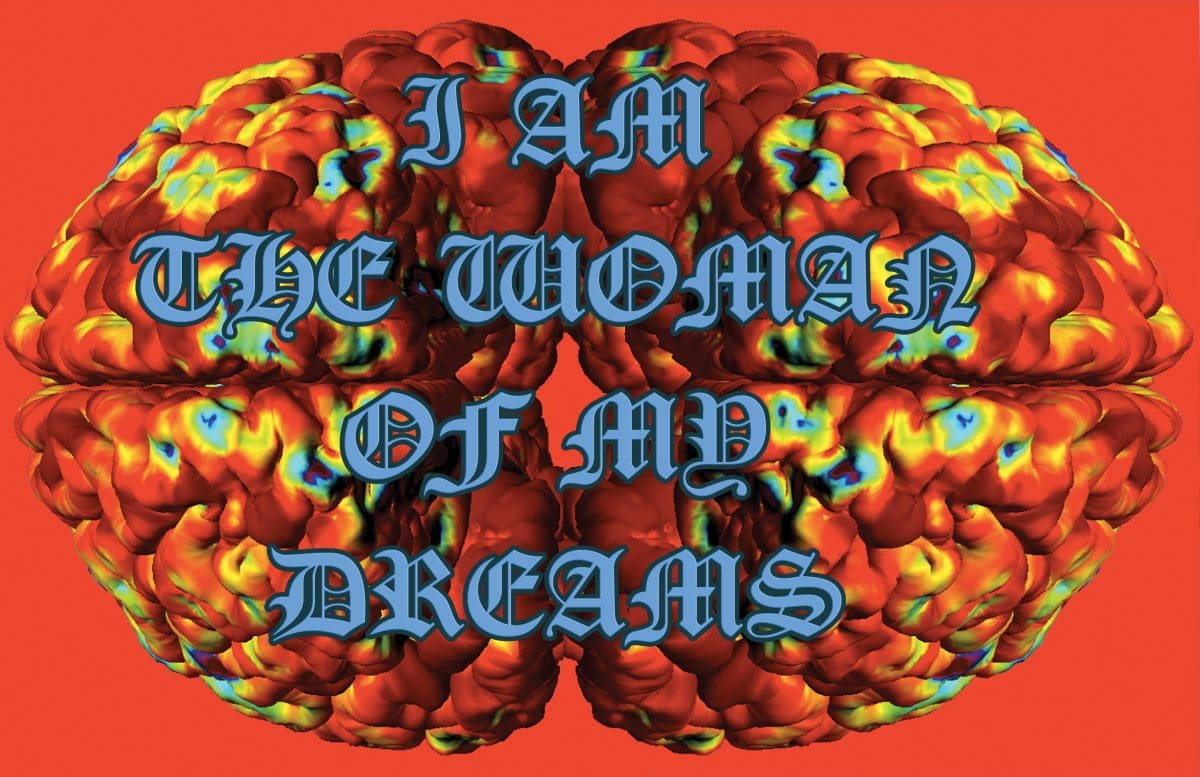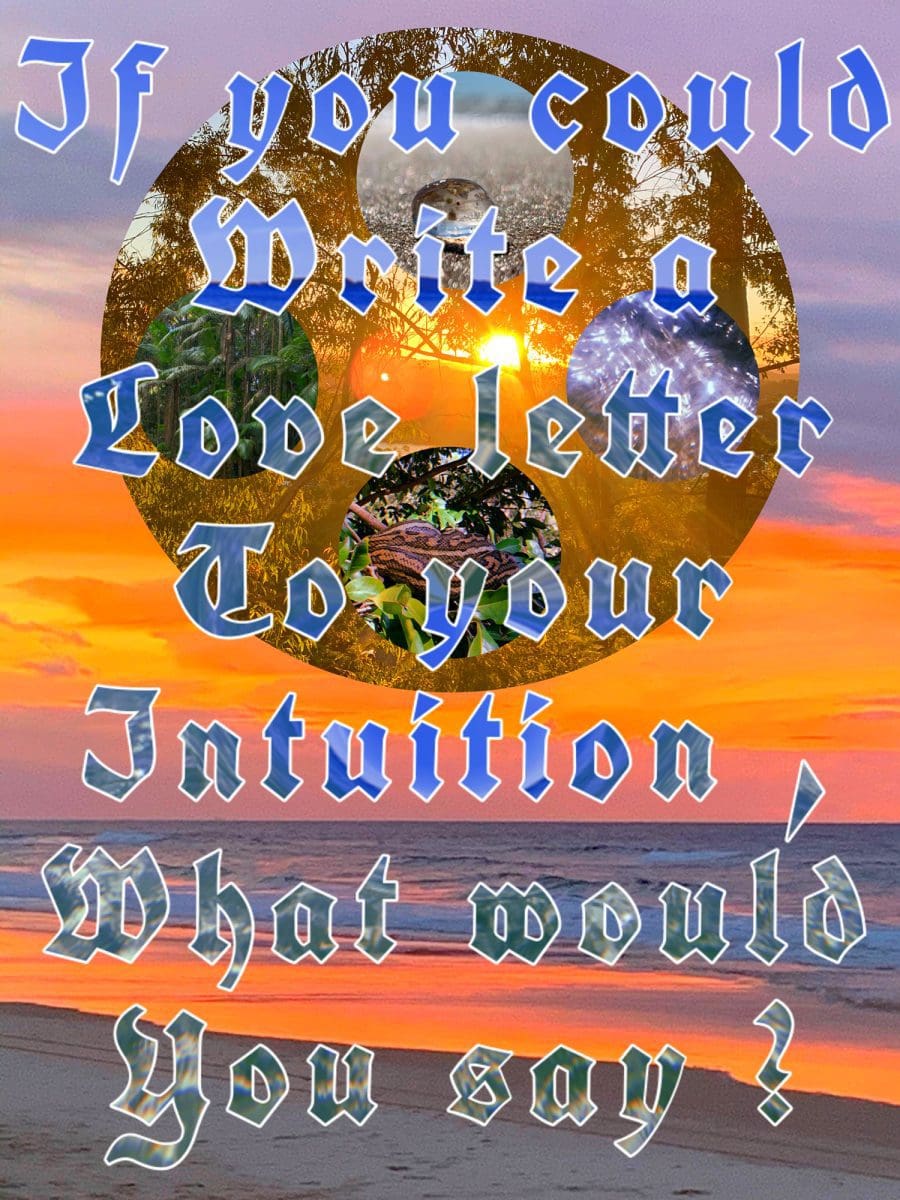
Material curiosities: Primavera 2025
In its 34th year, Primavera—the Museum of Contemporary Art Australia’s annual survey of Australian artists 35 and under—might be about to age out of itself, but with age it seems, comes wisdom and perspective.




Hannah Brontë greets monoculture with a whiff of suspicion. She’s most at home, she says, among people on the fringes. Those for who difference isn’t a liability but a source of strength. The Queensland-born artist and DJ recalls her childhood in Brisbane’s pre-gentrified West End in the early 1990s. Her mother was queer and single. A spirit of collectivity pervaded the neighbourhood. She’s been trying to recreate it ever since.
“It was so diverse culturally, it was so diverse economically, it had a totally different energy,” she says. “A slogan that a minister said was, ‘The West End is full of ratbags.’” She gives a wry laugh. “But I have these memories of being at halls, being at rallies. It was a signifier of outcasts, of communities that had been forgotten. That’s what made it quite magic.”
In Brontë’s speech, as in her art, she conjures the ineffable. She imagines all the worlds that could exist in the cracks of this one. Studying sculpture at the Queensland College of Art, she was struck by the way expression was tethered to conservative instincts.
“I noticed that there was a lot of judgement,” she says. “I had a deep interest in this very free idea of art. I didn’t have this narrow view of what artists can and can’t do.”
When she was a girl, she was in thrall to her grandad’s floor-to-ceiling record collection. “He would put on Etta James, Ella Fitzgerald,” she says. “I was inspired by old reggae. Songs with messages. Musical textures.” Fittingly, the dancefloor, not the gallery, was her first artistic outlet. She came to the art world’s attention via Fempress, a series of all-femme parties that fused hip-hop, performance and installation.
“It began from my irritation about growing up in the hip-hop scene where there was a circle jerk of men,” she grins. “It was very transphobic, very xenophobic. Fempress ended up being a performance art and hip-hop night featuring all women of colour.” She pauses. “[I thought] what is the dream in terms of what I can create?”
Brontë, who wears highlighter-green and takes rhythmic drags from a vape, exudes a lack of inhibition. How does an artist conceive freedom? Her first major video work, Still I Rise, presented at Melbourne’s Blak Dot Gallery in 2016, used technicolour visuals to imagine an Australia overseen by an Indigenous female prime minister. It also riffed on a poem by the civil rights activist Maya Angelou.
In Heala, commissioned in 2018 for The National, Brontë wanted to be less tough, more tender. The work, soundtracked with spoken word performed by Aurora Liddle-Christie, imagines utopia as a body of water, where women of colour—one of them heavily pregnant—can surrender defensive exteriors and embrace their entire selves.
“Heala was deeply personal, about processing [the loss] of a friend who had passed, who took her own life,” says Brontë, who collaborated on the sound elements with her partner, the Fijian-Australian rapper Jesswar. “I wanted it to be womb-centred, but I don’t necessarily see the womb as anatomical. It was talking about the experience of grief and the idea of being buoyant within it.”
The last few years have sparked many occasions for grief. For Brontë, they’ve also warranted collective healing. In 2020, a series of banners, emblazoned with phrases like “This is the sign you were looking for darling” appeared across Brisbane sites such as the Story Bridge, part of a series called Affirmations During the Apocalypse. “I thought, ‘What would your day-to-day commute feel like if it was filled with affirmations?’ Two months later, affirmations were everywhere.”

Capitalism co-opts everything. At the end of 2020, Brontë and Jesswar relocated near the sea on Yugambeh Country. She’s learning, inspired by the artist Tricia Hersey, that rest is a form of resistance. “When I was living in Brisbane, I pushed so hard to make these communities seen and valid,” she says. “But I was quite broken. I was constantly in survival mode. I wasn’t my full best self.”
For Neon Oracle, her upcoming exhibition at Sydney’s UTS Gallery, she returns to the banner, a medium that sits in the uneasy space between protest and promotion. The works, rendered in a psychedelic palette, champion bodily intuition. “Body as altar”, one declares. Another: “My love and me are safe in the waves.” The centrepiece of the show is a video work called Powa Wave, an ode to queerness and surfing in which two women are held by the ocean and can freely express their love for each other.
“An element as monumental as the ocean is colonised by this heteropatriarchy,” she says. “It should be for everyone but it’s not. I started working with queer surfing groups and communities, who are not able to be out because what that would do to their careers was too dangerous.”
Brontë, as always, started by envisioning the world she wanted to live in.
“I was raised by a queer woman but in terms of my own queerness, I needed time,” she says. “I pushed down a lot of my own experiences. [I asked] how do you make this dreamscape that is so beautiful that it doesn’t matter that it is two women. It is just a love story.”
Neon Oracle
Hannah Brontë
UTS Gallery (Sydney NSW)
20 September—11 November
This article was originally published in the September/October 2022 print edition of Art Guide Australia.